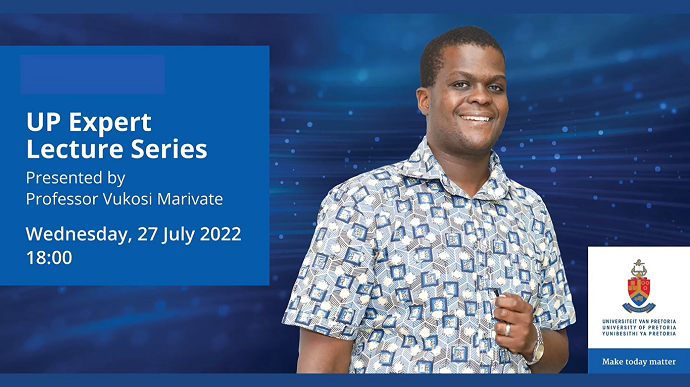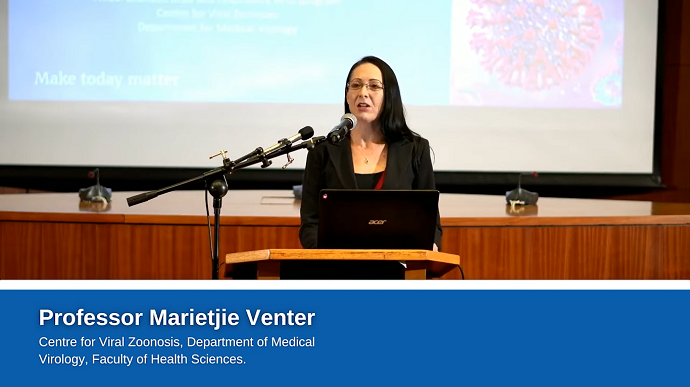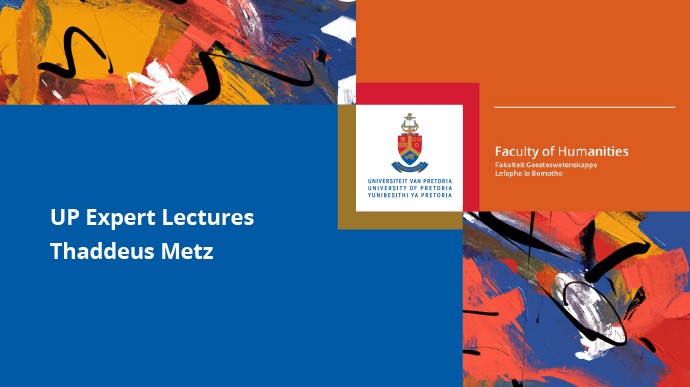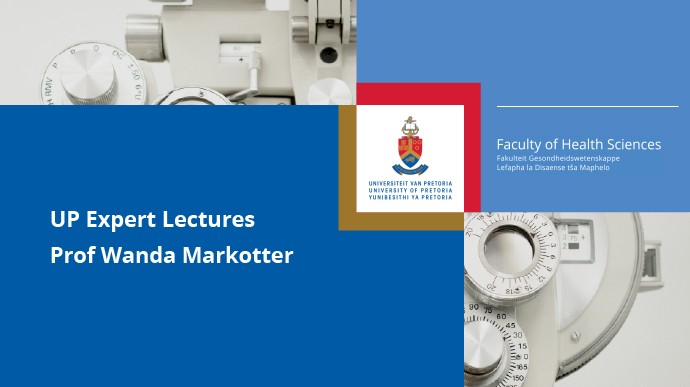 Lecture
Lecture
Low-resourced languages pose an interesting challenge for machine learning algorithms, representation, data collection and accessibility of machine learning in general. For African languages this challenge is even more consequential as it also coincides with the challenges of shaping the current revolution in artificial intelligence with the global landscape. In this talk I present our research...
 Lecture
Lecture
The World Health Organisation (WHO) identified disease X as the next pandemic threat, a year before the emergence of SARS-CoV-2, which sparked the COVID-19 pandemic. The true impact of the pandemic over the past two years far exceeded our expectations, with >18 million excess deaths worldwide, as well as extensive pressure on healthcare systems and the global economy. Although the world is...
 Lecture
Lecture
South Africa faces the challenge of promoting short-term economic recovery from the impact of the COVID-19 pandemic, while ensuring long-term, environmentally sustainable prosperity. The research described here explores the tensions and opportunities presented by this challenge from two different modelling exercises. The results reveal that economic recovery, without strong green policies, will...
 Lecture
Lecture
Is there one thing that all morally wrong actions have in common? Western philosophers have searched for an answer to that question for nearly 400 years, and have focused on the features of causing harm, on the one hand, and degrading autonomy,on the other. Prof Metz considers how we could answer the question by appealing to the southern African ethic of ubuntu, and argues that its implications...
 Lecture
Lecture
Professor Wanda Markotter delivered the 26th Expert Lecture on whether wildlife biosurveillance can prevent future pandemics.The COVID-19 outbreak has resulted in the most devastating global pandemic in modern history. Wildlife species, including bats, are suggested to have played a role in spillover events.
 Lecture
Lecture
Our society is facing a myriad of challenges, many of which have been exacerbated and highlighted by the recent COVID-19 pandemic. These include, among many others, the scourge of poverty, and environmental issues such as anthropogenic climate change. Academic literature has observed that the rise in populism has eroded the ability of international law to play a positive role in addressing many...
Copyright © University of Pretoria 2025. All rights reserved.
Get Social With Us
Download the UP Mobile App